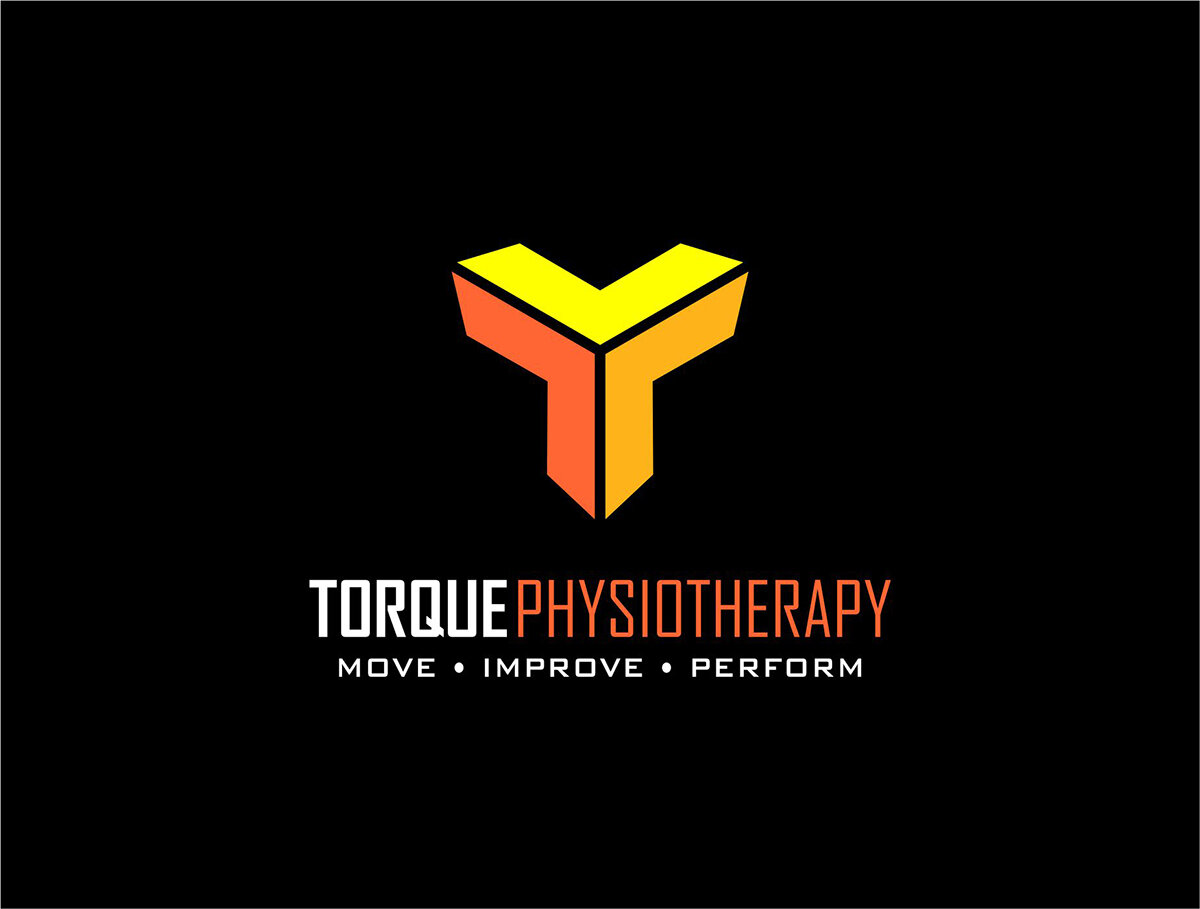
Shin Pain
Shin pain
One of the most common injuries amongst runners, military recruits and other active individuals, shin pain can be a frustrating and misunderstood affliction. You may have been told you have ‘shin splints’, or heard others talk about it, with reference to it being an ‘overuse’ injury requiring lengthy periods away from sports training and running, and its potentially recurring nature, flaring up at the most inconvenient times when you may be preparing for a race or important sports event.
‘Shin splints’ is not a specific diagnosis, but rather a term of reference for pain around the lower leg. Perhaps a better term for this injury is ‘Medial Tibial Stress Syndrome’ or ‘MTSS’ which typically occurs in the area of the lower (distal) inside third of the shin bone (tibia), with tenderness just next to, and sometimes on the tibia itself. Runners and athletes at any level can experience this injury, which may be a consequence of any one or combination of predisposing factors. (read more on my blog here)
Do I have MTSS?
MTSS usually develops as a mild aching-type discomfort along the edge of the tibia at the start of a run or activity initially, before progressing to a sharper diffuse ache that is persistent through a training session, and may even be painful during normal daily activities and at rest, depending on the severity. Pressing lightly on and just next to the inside of the shin bone will also most likely elicit tenderness. Symptoms usually worsen with activity, and improve with rest from higher impact activities.
Sometimes however, other conditions may present similarly to MTSS, including tibial stress fractures, vascular disorders and exertional compartment syndrome. It is therefore important to undergo thorough assessment for your pain, to properly identify the underlying cause and ensure appropriate management. (read more here).
How Torque Physio can help
I understand how frustrating shin pain can be, and am committed to working with you to assess and identify what may be causing your pain, and any potential contributing factors which may have predisposed you to developing this injury. With extensive competitive running experience, and several years treating and training runners of all levels, I see a number of clients presenting with pain in this area. In fact, this topic is a particular area of interest to me, and I have written an article on the most up to date research available on the risk factors, causes, prevention and treatment of MTSS, which you can read here.
Nobody wants to spend longer than they have to on the sidelines of their sport - and MTSS can sometimes be a tricky one to manage due to its high rate of recurrence, and the lack of any reliable evidence on exact injury mechanisms and treatment. So if you’re struggling with pain in one or both shins, don’t hesitate to book in to see how I can help. It may save you time, angst, and a lengthy period of inconsistent training and setbacks!
Recent Blog Posts
*Thacker et al. The prevention of shin splints in sports: a systematic review of literature. Medicine & Science in Sports & Exercise. 2002; 34(1): 32-40.





